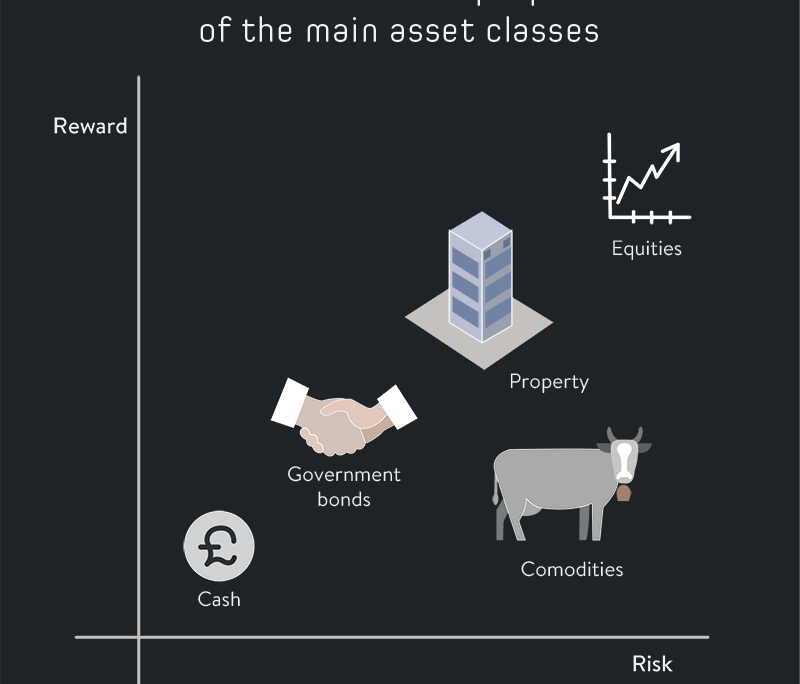The special case of Swiss property-backed bonds
Until recently, property and bonds were two words only institutional investors had the privilege to be associated with. These were mega-deals that had an entry ticket in the millions of $, which were simply out of reach for most retail investors.
Yet due to lowering costs of transaction, securitisation and funding, thanks largely to technological advancement, these entry barriers are beginning to be broken down.
It is now possible to:
- Establish a limited company (special purpose vehicle or SPV) in a respectable jurisdiction within a few hours;
- Use the SPV to issue shares and bonds to potential investors to fund the purchase of a property;
- Buy properties, receive rental income and sales proceed using that SPV.
This has enabled the securitisation of the property market and thus vastly opened its access to retail investors. Investing 1 million EUR/CHF in an apartment may sound like a lot, yet when it is broken down to 10,000 shares valued at 100 EUR/CHF each, suddenly most mortal souls can start building their own property empires.
Hence we come to property-backed bonds.
An SPV that holds and lets put a property is just like any other businesses, which owns assets to generate revenues, costs for operating and financing of these assets and hopefully, it will make a profit at the end of the day.
To acquire these assets (i.e. properties), its shareholders can decide to partly fund it themselves (through equity) and partly issue bonds to borrow money from investors. They then pay out a fraction of the rental income to bondholders as coupon payment and retain the rest as profit. This way, shareholders do not have to commit a huge upfront capital payment for the project, which lowers their financial risk.
It’s a pretty sweet deal for bondholders too:
- They receive a regular and predictable return on their capital without fail -> currently yields around 3.5-5%, which is inflation-busting;
- Due to the securitisation nature of the product, the minimum investment level can start from as low as 10,000 EUR/CHF -> this significantly lowers the barrier of entry and opens up to many retail investors;
- It provides an easy and efficient manner for investors to diversify the location and class of their asset base, due to the lower entry barrier;
- Bonds are secured against the property, which means in the event of default, bondholders have the right to seize the house from shareholders and auction it off. They will be entitled to the proceeds first;
- The amount of bond as a % of the house value (loan to value ratio) is kept at a sensible level (60%), which means the property can withstand a 40% drop in market value without affecting the capital security if bondholders.
The only potential drawback between a bond of this nature versus publicly traded equities or bonds is liquidity. In other words, the ability to turn the investment into cash quickly without value erosion. Given such bonds tend to be privately issued and subscribed, the expectation is that they would be held to maturity. As a result, no markets exist for the trading of such instruments and therefore the liquidity risk is high.



